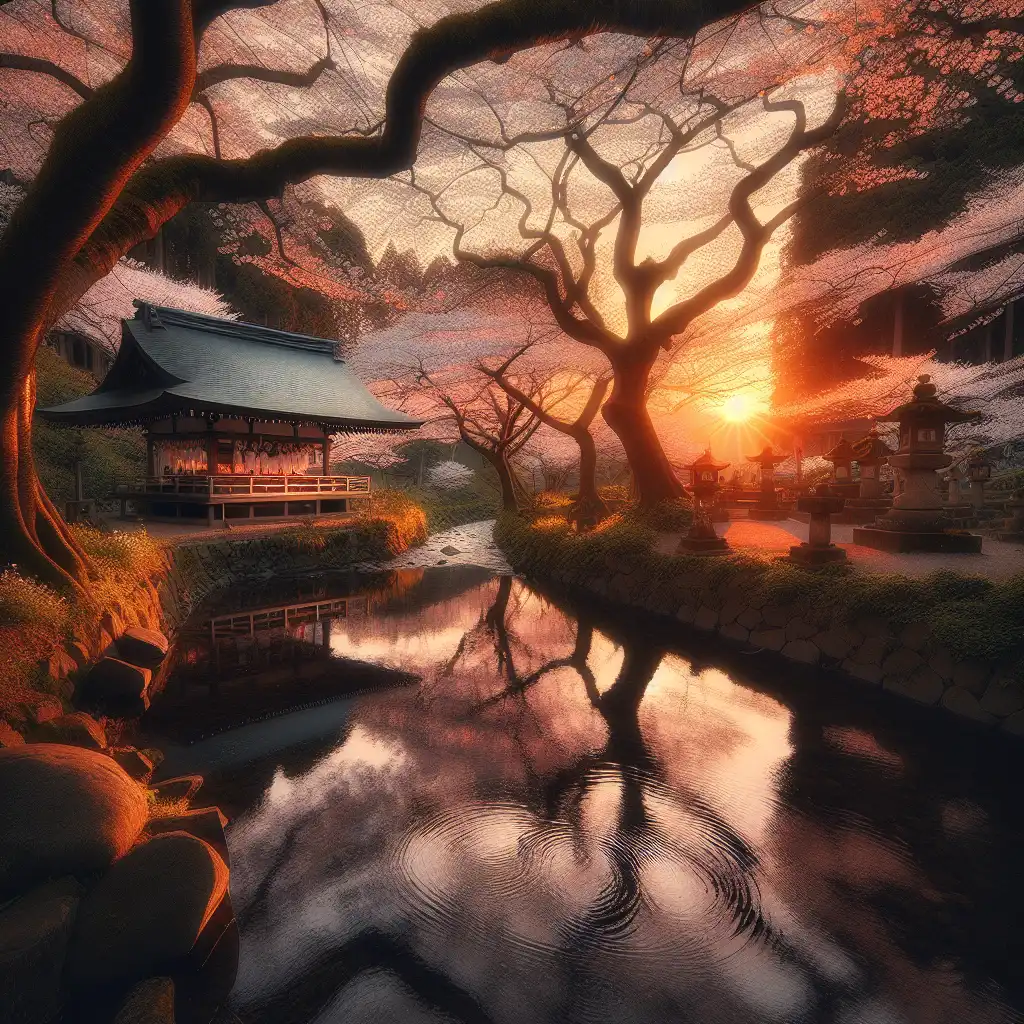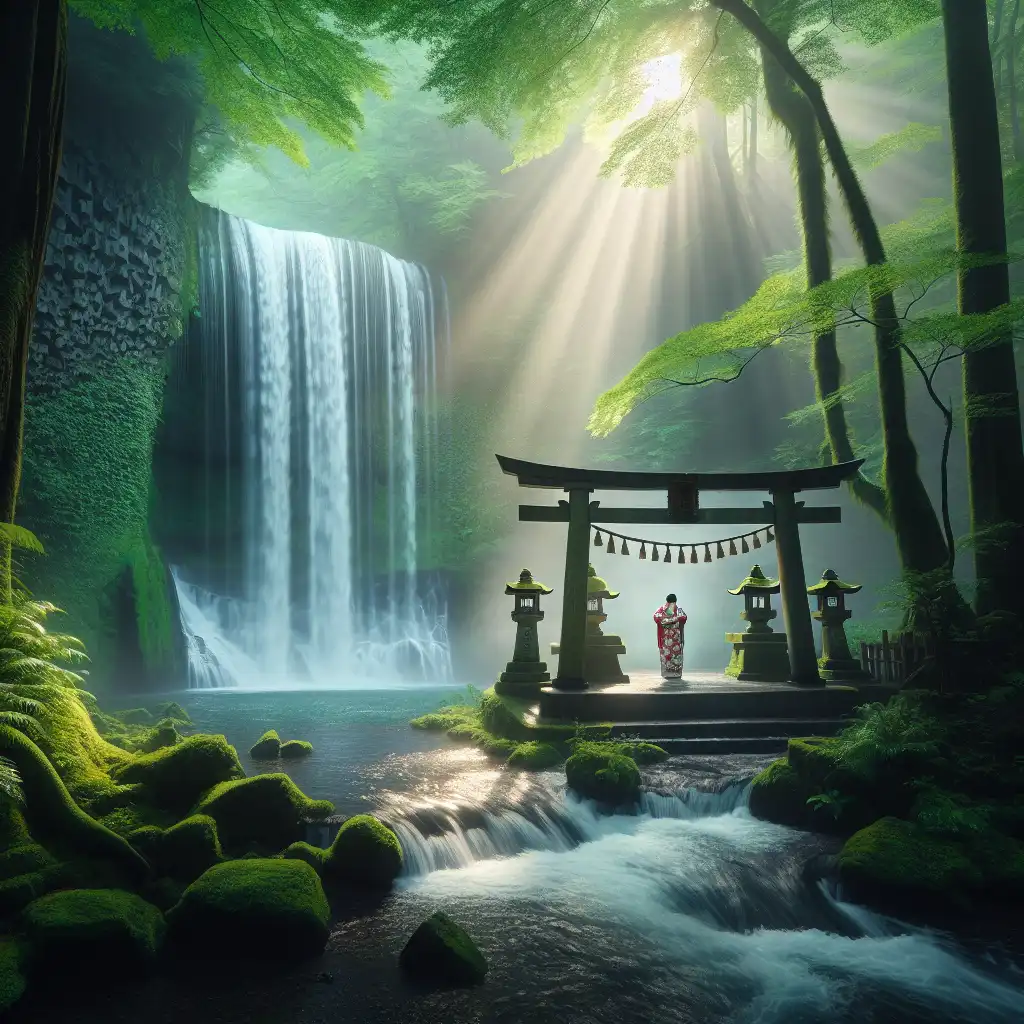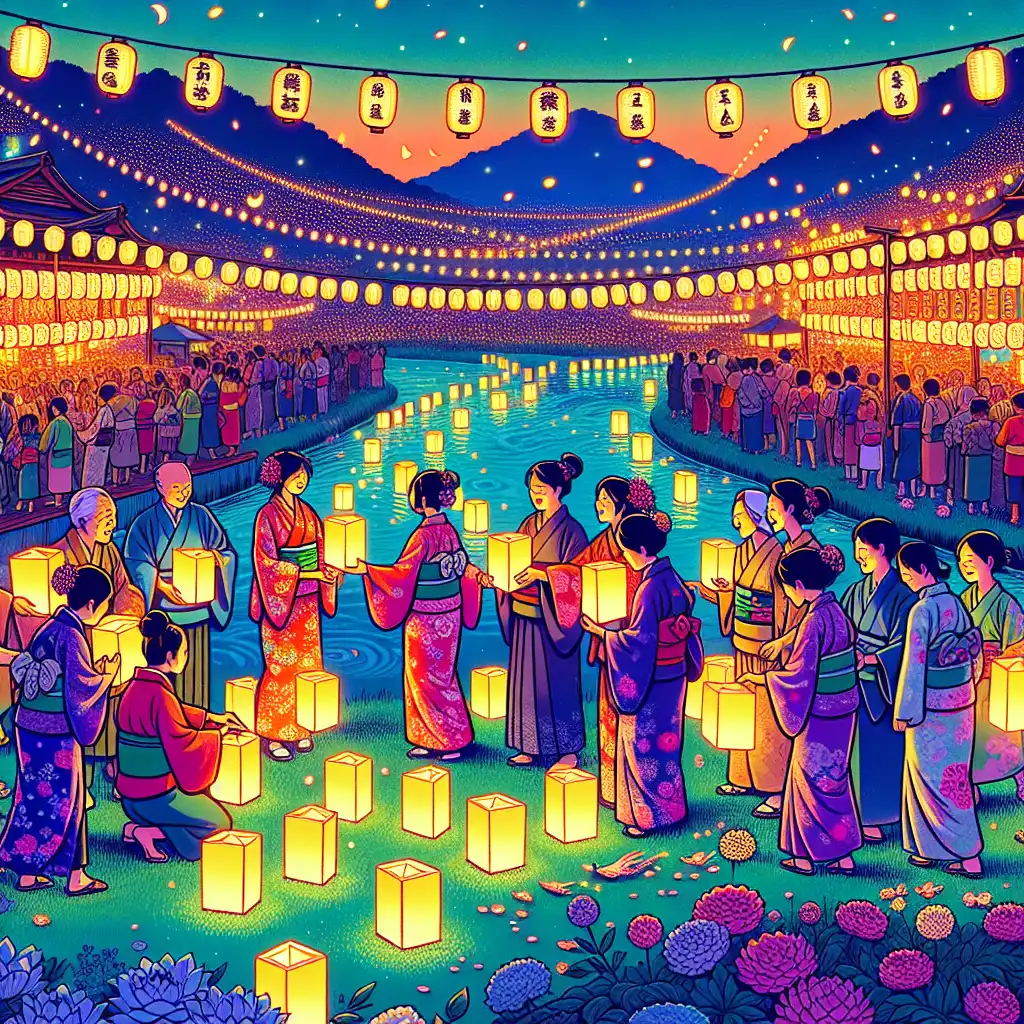
Shinto
Cultural Significance
Understanding Shinto requires knowledge of Japanese culture, where nature and ancestors are deeply revered.  Exploring Shinto opens a window into the spiritual aspects of Japanese culture.
Exploring Shinto opens a window into the spiritual aspects of Japanese culture.
Nature Spirits
Shinto gods, known as kami, are often associated with natural elements like forests, mountains, or rivers.  When visiting a waterfall in Japan, one might encounter a Shinto practice honoring the resident kami.
When visiting a waterfall in Japan, one might encounter a Shinto practice honoring the resident kami.
Ancestor Worship
Ancestors are respected in Shinto, and many rituals aim to connect the living with their past relatives.  During the Obon festival, Shinto traditions bring families together to celebrate their ancestors.
During the Obon festival, Shinto traditions bring families together to celebrate their ancestors.